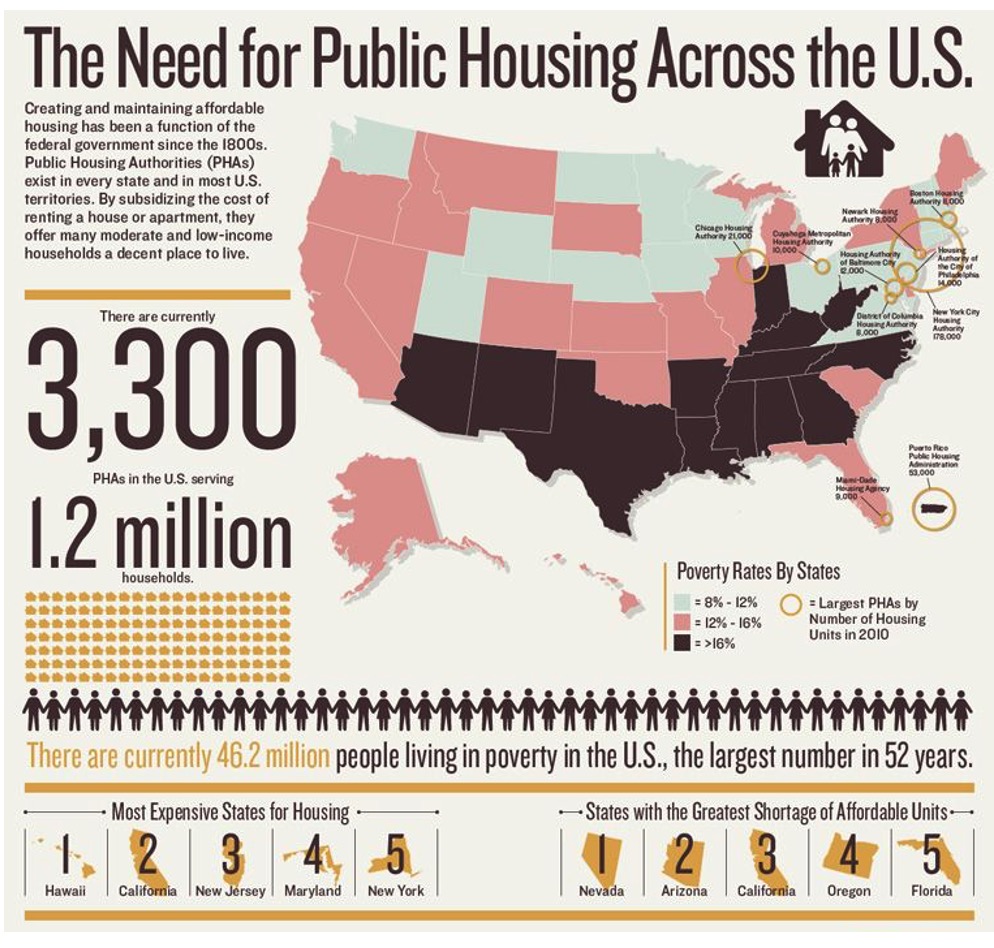Comments
PLANNING WATCH - If you need further evidence that our political and economic elites are responsible for the worsening housing and climate crises, watch the video of the 17th Annual VerdeXchange VX2024 Marketmakers' Conference recently held in Los Angeles. If you would like to sponsor similar conferences, the cost runs from $65,000 to a modest $16,000.
VIP’s from the business, non-profit, and the public sectors held forth on many topics, including homelessness and climate change. They explained how private markets are the magic elixir to fix these ills. Of particular interest to me was the panel on Housing Affordability Deconstructed / Rethinking the Urban Planning Paradigm. The business solutions to the housing crisis were appalling because of what the VIP’s left out. These omissions explain why their reliance on capitalist markets to fix social problems makes things worse, not better.
The heavy hitter on rethinking urban planning to promote housing affordability was Mark Pisano, former head of SCAG, Southern California’s umbrella planning agency. His main point were:
- California’s middle class is disappearing because 60 percent of new jobs pay $18/hour. As a result, only 12 percent of the population qualifies for mortgages to buy houses or condominiums.
- In Southern California there are between 600,000 to 700,000 zoned lots available for housing. The reason why developers avoid building affordable housing on them is a broken market. For example, thousands of residentially-zoned parcels on LA’s long commercial corridors, all served by mass transit, sit dormant.
- Affordable housing is a public good, and in theory qualifies for public financing. But high interest costs are a major barrier. In California, however, there is a potential nonprofit housing option: Public Finance Authorities. 25 now exist, and 25 more are waiting for approval. In combination with inclusionary housing requirements, all residents pay the cost of new infrastructure. As a result, Public Finance Authorities can build new housing at lower prices.
Given this convoluted solution to increase housing construction and theoretically reduce homelessness, why are the numbers of homeless people still rising in California? There are at least six reasons, none of which were mentioned.
Reason 1 – Profitability. Since developers cannot make an acceptable profit from low-income housing, they opt for luxury housing at available sites, often with a small percentage of low-rent units. But since there is little enforcement or monitoring, few low-cost units are ever built and rented to low-income tenants.
Reason 2 – Growing economic inequality. Most personal incomes have been flat for the past half century. Even if Public Finance Authorities could reduce the cost of private sector housing, most people would still be priced out of new private housing, especially in California.

Reason 3 – Elimination of public housing. This proposed solution to reduce homelessness, Public Finance Authorities, relies on private markets. This approach ignores the termination of HUD public housing. This began in the early 1970’s under President Nixon and accelerated under President Reagan in the 1980s. Furthermore, in 2011 the California State Legislature dissolved the state’s 400 plus Redevelopment Agencies, a second source of public housing funding. These legislative actions did not, however, eliminate the need for public housing, and, big surprise, the number of homeless people has continued to rise. If these public housing programs had continued, homelessness would now be much lower.

Reason 4 – Corporate purchase of houses. Real estate holding companies, such as Blackstone, have purchased and rented out real estate assets – houses and apartments – throughout the United States, especially in California. Their goal is to maximize rental income, which drives up housing costs and homelessness.
Reason 5 - Evictions. In Los Angeles landlords filed 46,000 eviction cases in 2023. While they don’t win every case, successful evictions further drive up the cost of housing, and price more residents out of housing. Since few people get a bed in emergency shelters, they end up living in cars or sleeping outside.
Reason 6 – Up-zoning. Based on the discredited theory that homelessness results from a housing shortage, cities are nevertheless increasing the permitted densities on residentially-zoned lots. This is supposed to induce a housing boom that reduces prices through “supply and demand.” This does not happen, however, because increasing permitted densities raises property values. Since parcels can now produce more income, their market value increases, the real agenda of up-zoners.
Until VIP’s consider these six reasons when presenting nostrums, like Public Finance Authorities, for solving the housing crisis, homelessness will continue to rise.
(Dick Platkin is a retired LA city planner. He reports on local planning issues for CityWatchLA. He is a board member of United Neighborhoods for Los Angeles (UN4LA). Previous columns are available at the CityWatchLA archives. Please send questions to [email protected].)
















